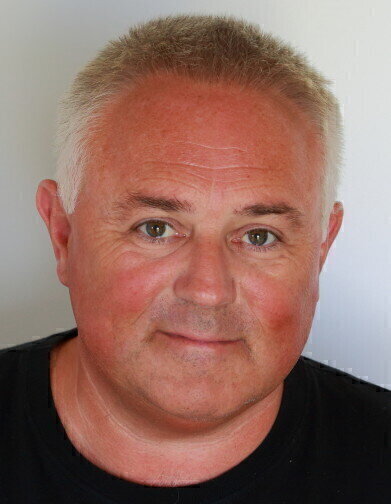-
 Professor Julian Eastoe
Professor Julian Eastoe
News & Views
Turning Plastic Pollution into Cleaning Structures
Mar 17 2018
Scientists on a joint UK/Brazil project have discovered a way to re-use polystyrene, a common packaging plastic, to break down harmful dyes in waste water. University of Bristol School of Chemistry Professor Julian Eastoe and Professor Rodrigo J de Oliveira from Paraba State University, Brazil have described* how synthetic dyes used in the clothing industry world-wide could be treated by a smart new material, developed using a novel method of freezing and expansion, which turns polystyrene into a solid state able to support nanoparticles.
Professor Eastoe commented: “With the recently released BBC series ‘Blue Planet II’ highlighting the scale of plastic debris - so-called “white pollution”- in the oceans, developing processes to breakdown, recycle or re-use waste plastics is of critical importance.
“This research suggests a promising approach to turn some of the vast amounts of plastic white pollution into a resource for tackling environmental damage elsewhere in the form of water materials for treatment.
“There is a wide range of toxic and hazardous substances, including synthetic dyes, which are continuously being released into industrial wastewaters, mostly due to lack of effective treatment methods. Recent studies have demonstrated that these pollutant dyes are responsible for serious damage to aquatic ecological systems: the development of methods of removing these compounds from industrial effluents is becoming increasingly important.
“Our study both looks at the reuse of plastic to make a new material and the use of this material to tackle water pollution from dyes. This breakthrough will be of interest to water companies worldwide and the next stage will be to see how it might clean-up other pollutants.”
Contaminants, such as dyes, can be broken down by active oxidation processes (AOP), which often involve a heterogeneous (solid-state) photocatalyst in order to turn pollutants into less harmful end products, such as water and carbon dioxide.
In this new study waste plastic (poly(styrene)) is re-used to form a porous solid, by freezing it in a solution with cyclohexane as solvent (freezing point +6°C). Once the solvent is removed, an expanded solid plastic poly(styrene) foam is left behind. This high-surface area support material can then be coated with photocatalytic nanoparticles, creating a solid-state photocatalyst that can be introduced into contaminated waste water samples to break down dyes such as Rhodamine B. This dye is banned in food production but is widely used in sewage treatment plants to detect leaks.
*Paper in ACS Applied Materials and Interfaces
Digital Edition
International Labmate 49.6 - Sept 2024
September 2024
Chromatography Articles - HPLC gradient validation using non-invasive flowmeters Mass Spectrometry & Spectroscopy Articles - From R&D to QC, making NMR accessible for everyone: Putting NMR...
View all digital editions
Events
Sep 22 2024 Messina, Italy
19th Confocal Raman Imaging Symposium
Sep 23 2024 Ulm, Germany
Sep 24 2024 Kielce, Poland
WoTS - World of Technology and Science
Sep 24 2024 Utrecht, Holland
Sep 25 2024 Frankfurt am Main, Germany
.jpg)

-(300-x-250-mm)_1.jpg)















